In the previous post, we explored essential strategies and tips on how to last longer in a golf tournament, helping you stay focused, energized, and consistent throughout the tournament.
As a golfer, you’ve put in hours of practice, physical conditioning, and mental focus to prepare for your tournament or next round. But there’s one key aspect often overlooked: recovery. Recovery is just as important as practice. Without proper recovery, you risk injury, fatigue, and losing the physical edge you’ve worked hard to develop.
In this post, we’ll explore Best Recovery Techniques To Prevent Injury And Fatigue, keeping you at your best for longer rounds and helping you bounce back quickly for your next day on the course. Whether you’re recovering from a tournament or a long practice session, these tips will ensure you stay in peak condition.
Why Recovery Matters for Golfers
Golf is a low-impact sport, but that doesn’t mean your body doesn’t go through a lot. Your muscles, joints, and nervous system are all taxed during your swing, walking the course, and even carrying your golf bag. Without proper recovery, the accumulated strain on your body can lead to injury, decreased performance, and fatigue.
Here’s why recovery is essential:
Prevents Overuse Injuries: Repeatedly swinging and walking the course can lead to overuse injuries. Regular recovery reduces this risk.
Promotes Muscle Repair: Intense training or long practice sessions can damage muscle fibers. Recovery allows them to repair and grow stronger.
Maintains Flexibility and Mobility: Recovery helps keep your muscles and joints flexible and mobile, which is critical for maintaining your swing form.
Restores Energy Levels: After a long round or practice, your energy stores are depleted. Recovery replenishes them, so you feel ready for the next challenge.
The Top Recovery Techniques for Golfers
Stretching and Flexibility Work
Stretching should be a fundamental part of your post-round or post-practice routine. It helps prevent tight muscles, increases your range of motion, and aids in muscle recovery.
Dynamic Stretching Before Play: Start with dynamic stretches to prepare your body for the demands of your swing and walking the course.
Static Stretching After Play: Focus on static stretching after your round to elongate the muscles that were worked during your swings and walking. Target your hips, lower back, shoulders, and wrists.
Some stretches to include in your routine
Hamstring Stretch: Sit with one leg extended and the other bent, reach for your toes, and hold for 20 seconds.
Torso Rotation: Sit with your legs extended, cross one leg over the other, and twist your torso toward the bent knee to stretch your spine.
Shoulder Stretch: Stretch your arms across your chest to target the shoulder muscles.
Foam Rolling
Foam rolling is a great way to relieve muscle tightness and improve flexibility. It works by applying pressure to trigger points and muscle knots, helping to release tension.
Here’s how to use a foam roller:
Calves: Sit on the floor with your legs straight. Place the foam roller under your calves and roll back and forth for 1-2 minutes.
Quads: Lie face down and place the foam roller under your thighs. Roll from your hips to your knees.
Upper Back: Position the foam roller beneath your upper back and roll up and down, making sure to avoid the spine.
Foam rolling helps reduce muscle soreness and aids in muscle recovery, which is key for preventing injuries and improving flexibility.
Ice and Heat Therapy
After an intense day of golf, using ice or heat can help manage pain and inflammation, promoting faster recovery.
Ice Therapy: Apply ice to areas that feel sore or inflamed, such as the wrists, shoulders, or lower back. Ice helps reduce swelling and numbs any discomfort.
Heat Therapy: Use heat on tight or stiff muscles to promote blood flow and ease tension. A warm bath, heating pad, or warm towel can do wonders.
Tip: After a particularly intense round or workout, alternate between hot and cold therapy (contrast therapy) for better circulation and recovery.
Active Recovery
Active recovery refers to engaging in low-intensity exercises that get the blood flowing without causing additional strain on your muscles.
Here are some active Recovery Techniques To Prevent Injury And Fatigue options:
Light Walking: A brisk walk around the block or on the course helps get the blood flowing without tiring your muscles.
Swimming: Swimming is a low-impact, full-body workout that can promote recovery without straining the body.
Yoga: Yoga is excellent for golfers because it promotes flexibility, balance, and mental relaxation. Specific yoga poses can help relieve tension in the hips, back, and shoulders.
Active recovery is an effective way to keep your muscles moving, prevent stiffness, and maintain flexibility between rounds.
Nutrition for Recovery
What you eat plays a crucial role in how your body recovers after a round of golf. Proper nutrition helps your muscles repair, reduces inflammation, and restores your energy.
Here’s what you should focus on:
Protein: Protein is essential for muscle recovery. Include lean sources of protein like chicken, turkey, fish, or plant-based options like beans and tofu.
Carbohydrates: Replenish your glycogen stores by eating complex carbs like whole grains, sweet potatoes, or fruits.
Healthy Fats: Omega-3 fatty acids can help reduce inflammation, so incorporate foods like salmon, nuts, and seeds into your diet.
Hydration: Drink plenty of water to rehydrate after your round. You can also use electrolyte drinks to replace lost sodium, potassium, and magnesium.
Sleep and Rest
Sleep is the body’s natural recovery mechanism. During sleep, your muscles repair and grow stronger, and your mind resets for the next day.
Here are some sleep tips for optimal recovery:
Aim for 7-9 hours of quality sleep per night.
Consider taking a short nap after a particularly strenuous practice or round to recharge your energy.
Massage Therapy
Getting a massage can help loosen tight muscles and alleviate soreness, especially in areas like the lower back, neck, and shoulders, which are heavily engaged in the golf swing.
Sports Massage: A deep-tissue massage helps target the muscles used during your golf swing and improves circulation.
Trigger Point Therapy: This form of massage focuses on releasing muscle knots that may have developed from repetitive movements like swinging.
If you have access to a massage therapist, regular sessions can make a significant difference in your recovery and overall performance.
Mindfulness and Stress Management
Golf is mentally demanding, and mental fatigue can accumulate just as much as physical fatigue. Practices like mindfulness meditation can help you relax and recover mentally.
Breathing Exercises: Deep, diaphragmatic breathing helps reduce stress and anxiety, keeping you calm both during and after your round.
Mindfulness Meditation: Take a few minutes to clear your mind and focus on your breath. It helps reduce mental clutter and promotes recovery after a mentally taxing round.
Sample Recovery Routine for Golfers
Here’s a simple, beginner-friendly recovery routine that you can do after each round or intense practice session.
| Time | Recovery Technique | Duration/ Reps |
| Right After Round | Hydration (Water or Electrolyte Drink) | 10-15 minutes |
| Immediately | Stretching (Target key muscles) | 10-15 minutes |
| After Stretching | Foam Rolling (Focus on tight areas) | 10-15 minutes |
| Evening | Light Walking or Yoga | 20-30 minutes |
| Before Bed | Nutrition (Protein + Carbs) | Post-round meal |
| Night | Sleep | 7-9 hours |
Recovery for Injury Prevention
In addition to general recovery, pay attention to any signs of injury. If you experience pain, discomfort, or tightness that doesn’t improve with rest, consider seeing a medical professional to prevent further damage. Early intervention can prevent a minor issue from becoming a more serious injury.
In our next post, we’ll explore the benefits of shot-tracking technology and how you can use it to analyze your game for better performance. Want to learn how tech can elevate your golf game? Stay tuned!
Conclusion
Using the right recovery techniques helps your body heal faster and stay strong. Things like stretching, rest, and good sleep reduce pain and tiredness. These habits also stop future injuries. So, always make time for recovery it’s the smart way to stay healthy and active for longer.
In the next post, we will discuss How To Use Shot Tracking For Golf to improve your game, analyze performance, and make smarter decisions on the course using the latest golf technology.

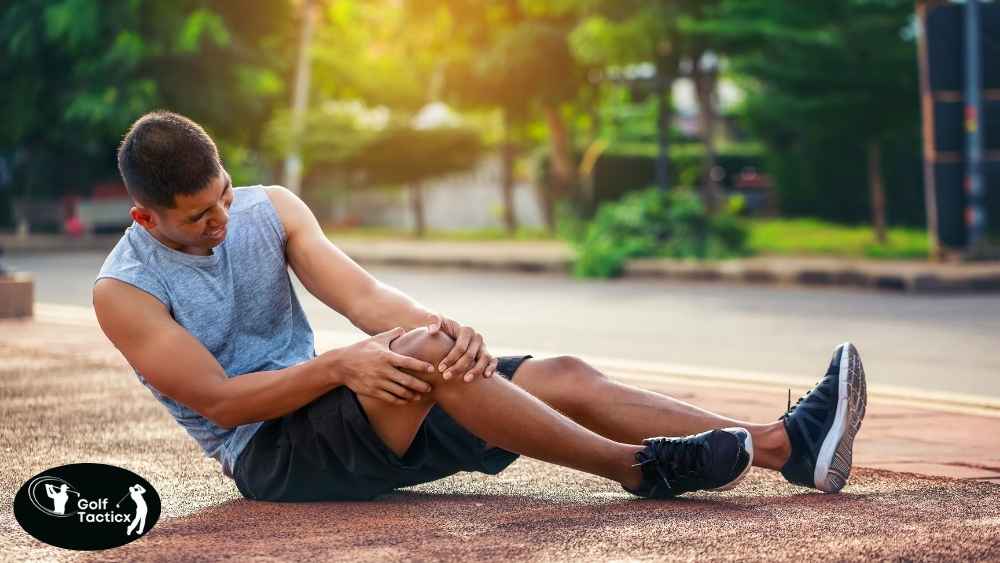








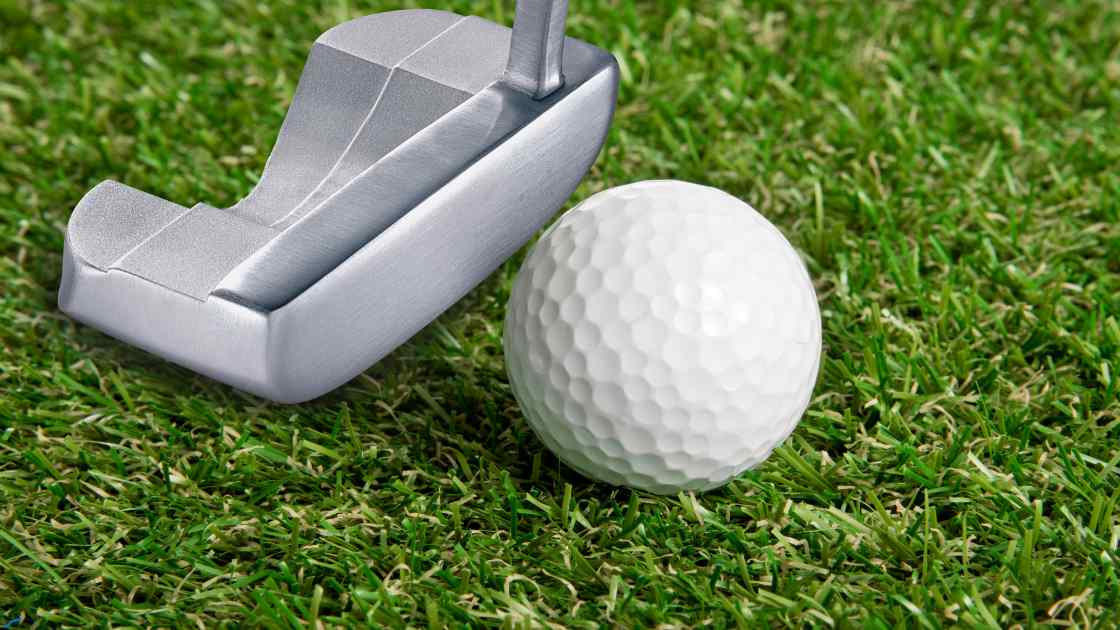
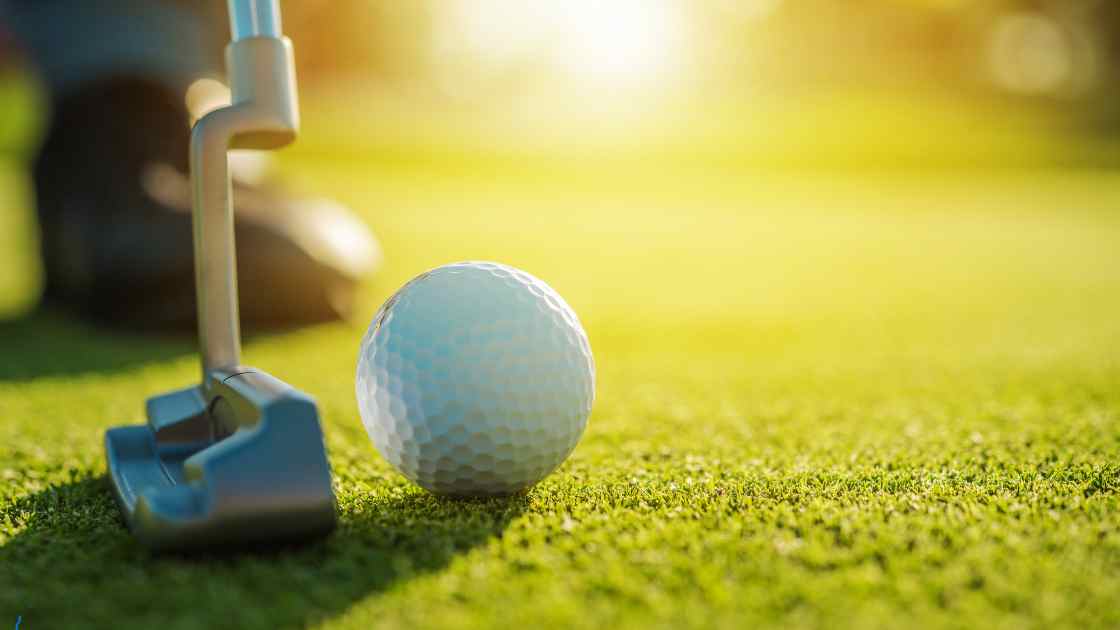

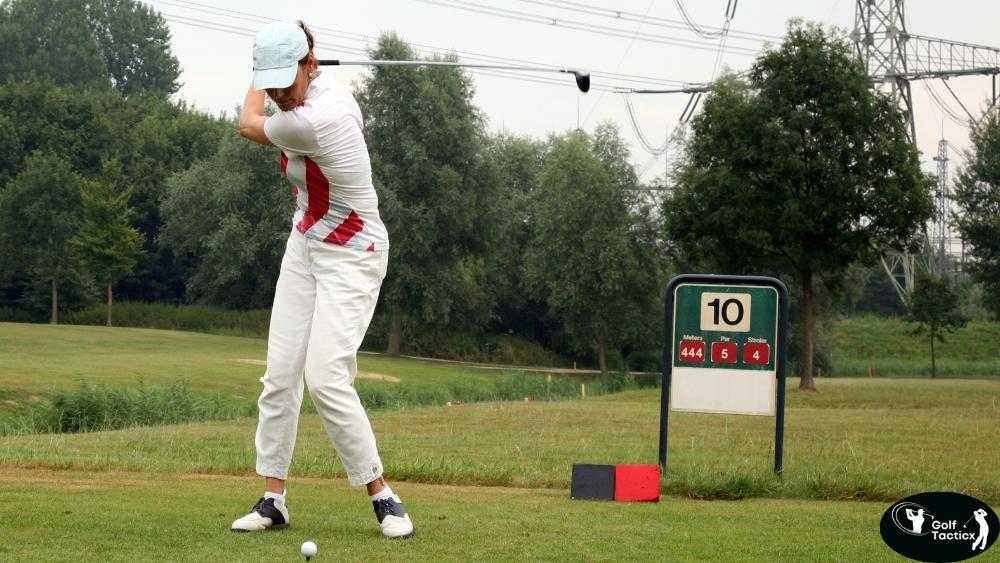

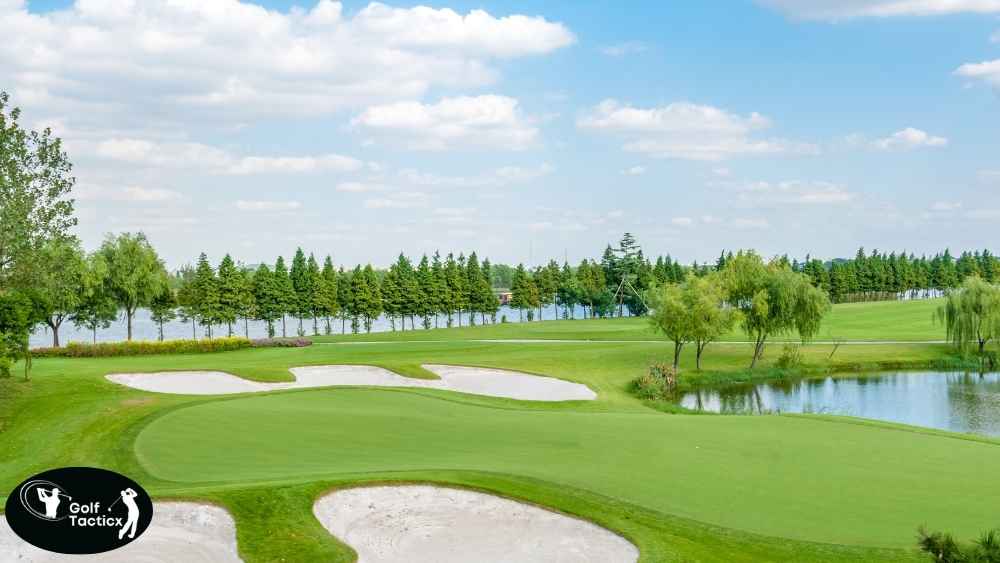
Leave a Reply